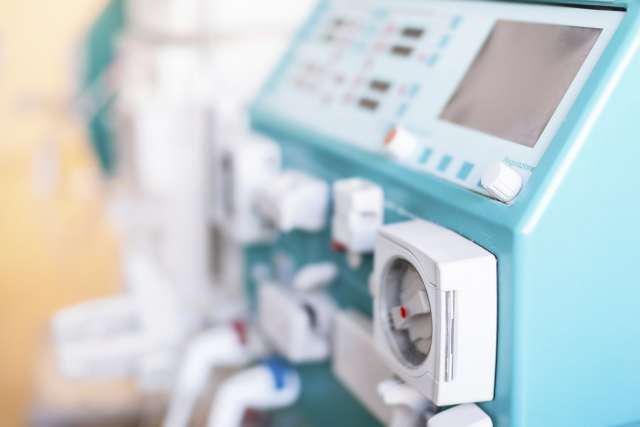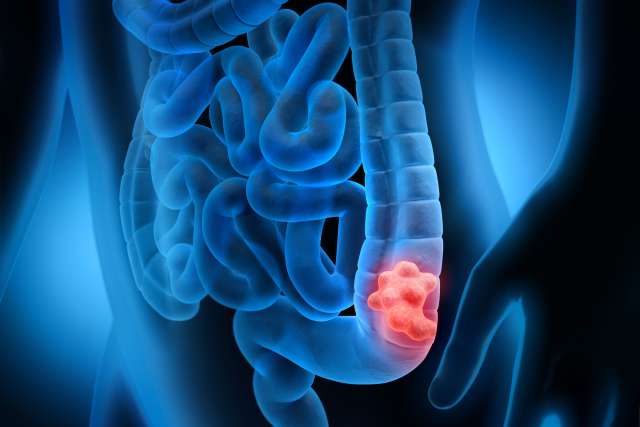Hello, dear readers, and welcome to our first regular letters column of spring. With the longer days and the gradually warming weather, many of us are spending more time outdoors. Whether it's with sunscreen or protective clothing (or, better yet, with both), please remember to gear up against the UV rays. And now, onward to the mail.
-- We recently wrote about atrial fibrillation, an irregular and often abnormally rapid heart rhythm in which the upper chambers of the heart fail to sync up with the lower chambers. The topic prompted a question from a reader living with that condition. "Is there any research that shows that atrial fibrillation is adversely impacted by sleeping with an electric blanket?" they asked. The short answer is no, there is no scientific evidence that using an electric blanket will have an effect on atrial fibrillation. However, becoming overheated can stress the heart, which might conceivably trigger an episode. If you do use an electric blanket, be sure to use it on a safe and appropriate setting. Alternatively, you might consider using it just to preheat the bed.
-- In answering a question about valley fever, a potentially serious infection caused by the fungus Coccidioides, we shared recent findings that drought is contributing to its spread. A reader wrote to say she found this confusing. "How can this be, when fungi thrive in moist environments?" Coccidioides is found in the soil of certain arid regions, including throughout the southwestern United States. It grows during cycles of rainfall, which, as you point out, provides the moist environment fungi need to reproduce. However, the spores of Coccidioides are able to withstand dry conditions. They lie dormant in the soil, then spread easily in hot, dry and windy conditions. If inhaled into the moist environment of the lungs or somehow entrapped in flesh, infection is possible.
-- A column about resistant starch, which is a carbohydrate that resists digestion, is getting a lot of mail. Because resistant starches skip the small intestine, they both contribute to glucose control and help feed the gut microbiome. Some high-carb foods, such as potatoes and pastas, develop resistant starch when cooled after cooking. This led a reader to ask for more specifics. "Do high-carb foods that are reheated after being chilled still maintain their benefits?" they asked. "Sounds like a great new benefit from leftovers!" Researchers have looked into that question and found that, for the most part, yes, the resistant starch persists, even after reheating. As the reader suspected, there is indeed a decrease in resistant starch upon reheating. However, the net result is a significant gain in the percentage of resistant starch.
Thank you, as always, for taking the time to write. We love hearing from you. The most recent batch of mail included some very kind thoughts and encouragement, which we appreciate. For newer readers, a reminder: We are not able to give a diagnosis, offer a second opinion, look at personal medical information or photographs or comment on specific treatment plans.
(Send your questions to [email protected], or write: Ask the Doctors, c/o UCLA Health Sciences Media Relations, 10960 Wilshire Blvd., Suite 1955, Los Angeles, CA, 90024. Owing to the volume of mail, personal replies cannot be provided.)





